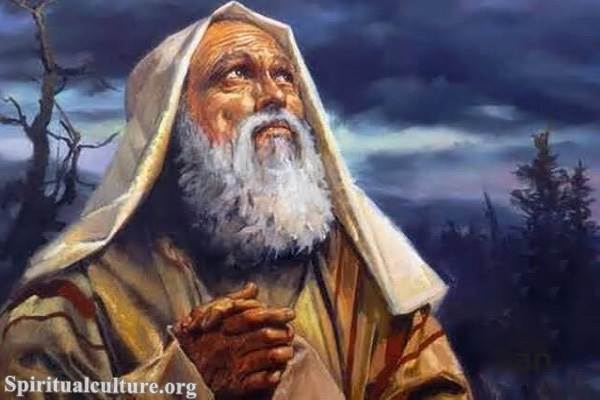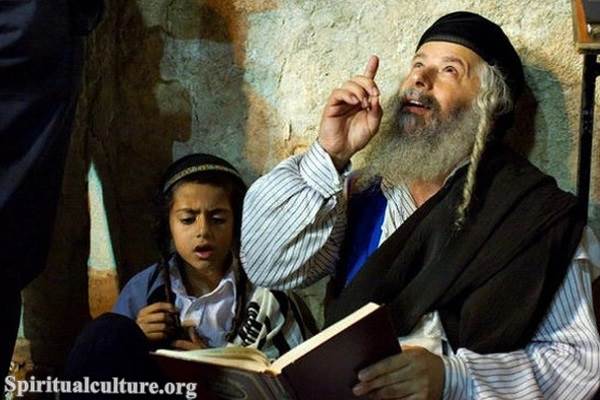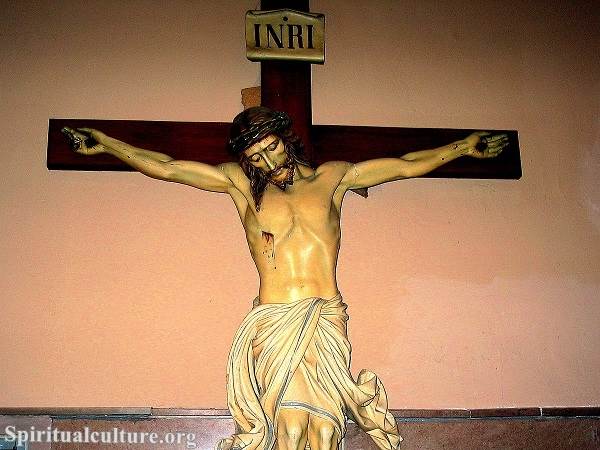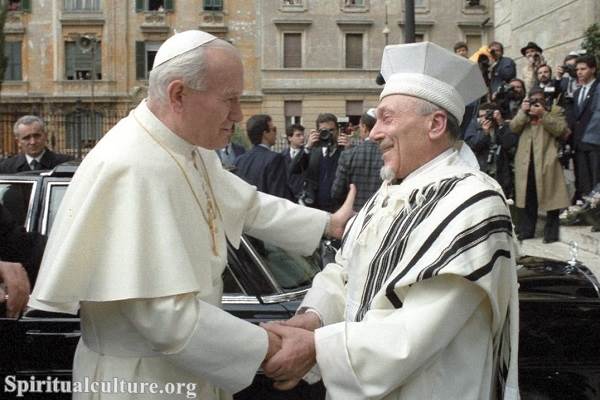Jewish Calendar deeply embedded in Judaism, not only marks the passage of days, weeks, and months but also guides the observance of Jewish holidays and rituals.
Judaism
Judaism, one of the world’s oldest monotheistic religions, has a rich history that stretches back thousands of years. It is a faith that is deeply intertwined with its own unique calendar system, the Jewish Calendar, which plays a significant role in the religious, social, and cultural life of Jewish people around the world.
The Jewish Calendar
Unlike the Gregorian calendar, which is solar and used by much of the world today, the Jewish Calendar is lunisolar, meaning it is based on the cycles of both the sun and the moon. This unique calendar is used for religious observance, and it determines the dates of Jewish holidays, the timing of ritual observances, and even the reading of the Torah.
Rosh Hashanah, the Jewish New Year, begins the Jewish Calendar. It falls on the first day of Tishrei, the seventh month of the Hebrew calendar. This might seem unusual, but the Jewish Calendar is based on references from the Torah, where it is written that the year begins in the autumn.
The Jewish Calendar consists of twelve or thirteen months, depending on the year. A standard year has twelve months, but a leap year, which occurs seven times in a nineteen-year cycle, has thirteen. This is because the Jewish Calendar is adjusted to align with the solar year. The months are Tishrei, Cheshvan, Kislev, Tevet, Shevat, Adar, Nissan, Iyar, Sivan, Tammuz, Av, and Elul. In a leap year, an additional month, Adar II, is added.
Each month begins with the appearance of the new moon, and a day in the Jewish Calendar starts at sunset, not at midnight as in the Gregorian calendar. This is based on the description in the Torah that a day starts “from evening to evening.”
Jewish Holidays and the Jewish Calendar
The Jewish Calendar is essential in determining the dates for Jewish holidays. These include Passover, which begins on the 15th of Nissan; Shavuot, which starts on the 6th of Sivan; Rosh Hashanah on the 1st of Tishrei; Yom Kippur on the 10th of Tishrei; and Chanukah, which starts on the 25th of Kislev.
These holidays are not only religious observances but also celebrations that connect Jewish communities worldwide. They are times for prayer, reflection, and celebration of Jewish history and culture.
Conclusion
The Jewish Calendar is a fascinating blend of astronomy, religion, and culture. It is much more than a way to mark time. It is a living legacy of Jewish tradition, an intricate part of Judaism that connects Jewish people with their historical roots and guides them in their religious observances.
Understanding the Jewish Calendar helps us appreciate the richness and depth of Judaism. It offers insights into a religion that has not only survived but thrived, despite centuries of trials and tribulations. The Jewish Calendar is a testament to the resilience and enduring faith of the Jewish people.
In a world where time seems to move ever faster, the rhythm of the Jewish Calendar provides a sense of continuity and stability. It keeps the Jewish community connected to their past, engaged in the present, and looking forward to the future.




